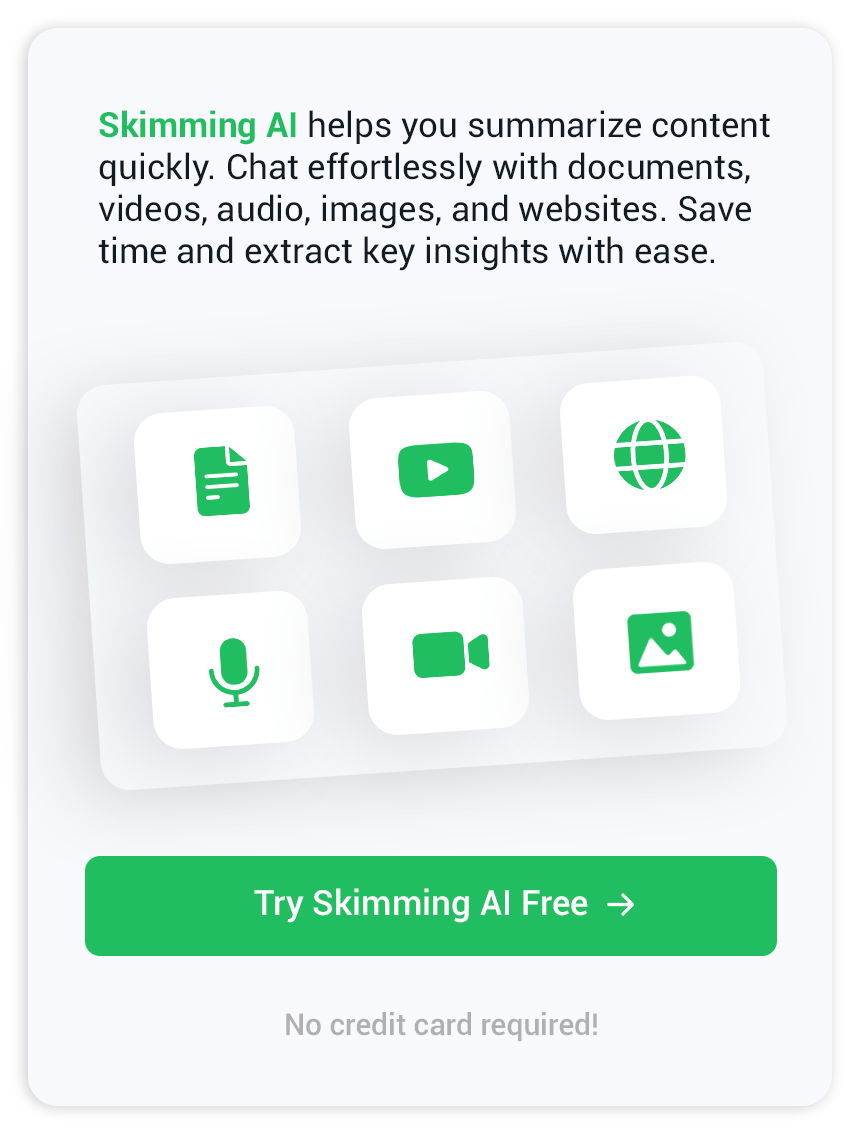Ai tool for content creation and workflow efficiency
Understanding the Growth of AI Tools
When you look at the landscape of digital productivity, it is hard to miss the impact of AI tool options. Over the last few years, these tools have shifted from niche software to everyday resources found in all kinds of workplaces. Whether you are sorting through documents, managing creative projects, or searching for ways to keep data organized, chances are you have already interacted with an AI tool. With so many choices, though, it can feel challenging to decide which fits your personal workflow best.
The Core Factors in Comparing AI Tools
Not every AI tool serves the same purpose. Some are built for content summarization, others assist with analyzing images or sorting through audio and video files. A good starting point for comparison is the kind of information you work with most often. For instance, if your day involves a lot of research or reading, an AI solution capable of summarizing articles or books could make a huge difference. In contrast, creative professionals may prize an AI tool that extracts details from images or videos, allowing them to work faster without losing nuance.
Another aspect is integration with your usual platforms. It is one thing for an AI tool to process a document when you upload it directly. It is even more helpful when you can use the same platform to interact with content from sources like YouTube or websites, keeping everything within one workflow rather than switching between different apps.
How AI Tools Handle Different Media Types
Some people find value in text-based features, while others need their AI tool to manage more visual or audio-driven material. There are tools designed to help you have conversations with images or get summaries from a chunk of audio. For example, if you spend hours listening to podcasts or reviewing voice notes, using an AI tool to extract key points from audio files can be transformative. Similarly, designers who need quick feedback on a batch of images may look for a solution focused on visual interactions or support for complex image formats.
Curious minds who work heavily with PDF documents might notice the convenience of dropping a file into an AI tool and getting a breakdown in seconds. Features like these are already accessible through dedicated PDF summarization resources such as PDF tool.
Matching Features to Your Workflow Needs
Maybe your workflow involves digesting articles, translating documents, or comparing points from multiple sources. If that rings true, prioritizing an AI tool that offers multi-format input or powerful context recognition could help cut down on the time you spend looking for what matters most. Think about the volume and type of tasks you face. Tools that are too broad may lack the details you need, while highly specialized ones could take more setup than you want.
Sometimes, the right choice is a solution that balances document support with media input, letting you handle anything from a news story to a video clip in one place. For those wanting to quickly summarize bite-sized content, platforms offering dedicated features like a news summarizer are worth considering.
Considering User Experience and Learning Curve
Adjusting to a new AI tool often comes down to how comfortable you feel with its interface. Some platforms present a clean, conversation-like format where you interact naturally with your files. Others rely on more traditional upload and process workflows. If you want as little friction as possible, looking for an AI tool with clear prompts and direct results can mean the difference between frustration and satisfaction.
For organizations or teams, collaboration aspects are another dimension. Can you share results easily? Is there support for questions beyond simple summarization? Features like chatting directly with your documents can simplify daily work when dealing with large volumes of text or collaborating across departments.
Moving Forward with the Best AI Tool for You
In the end, the right AI tool is the one that feels like an assistant, not a project unto itself. The variety on the market today is bigger than ever. Some platforms bring together multiple features so users do not have to pick and choose between different types of content. This growing ecosystem of AI tools continues to evolve, providing more tailored experiences to help you achieve your goals with less effort.

